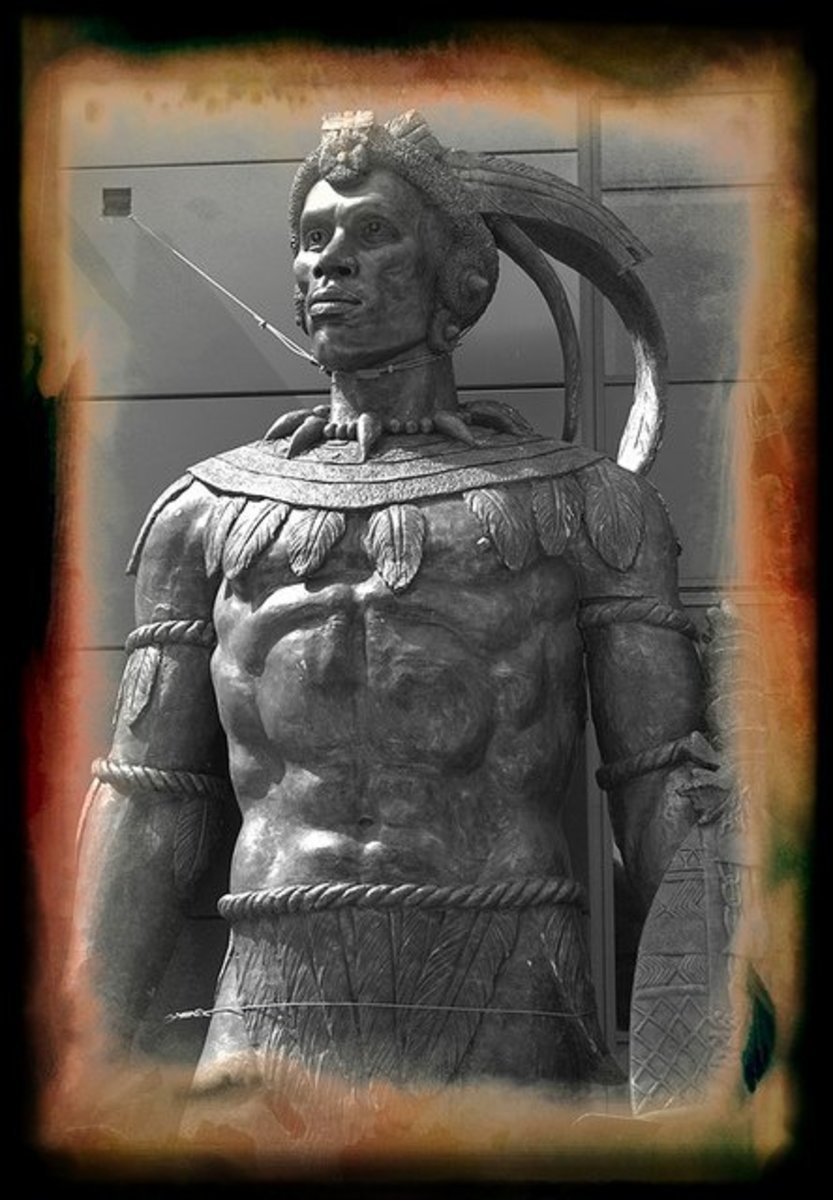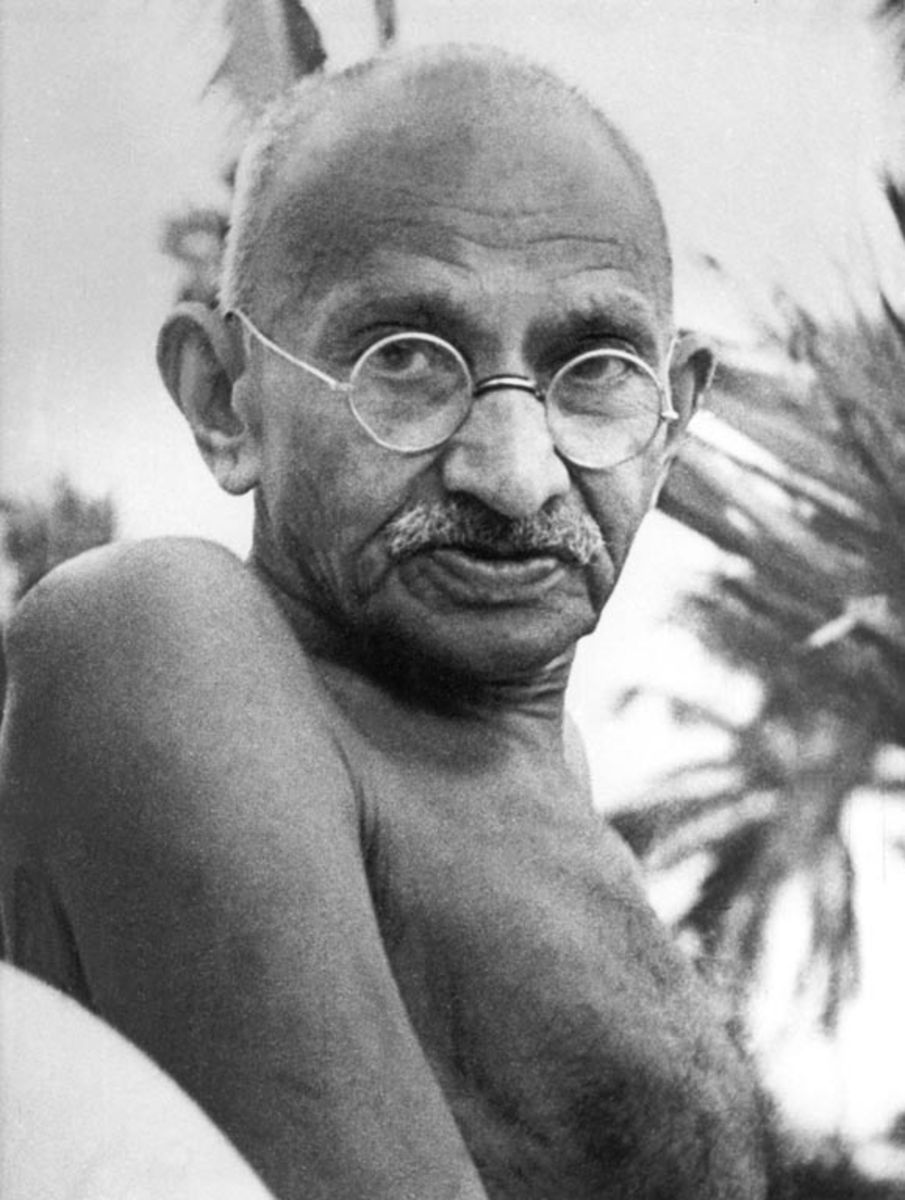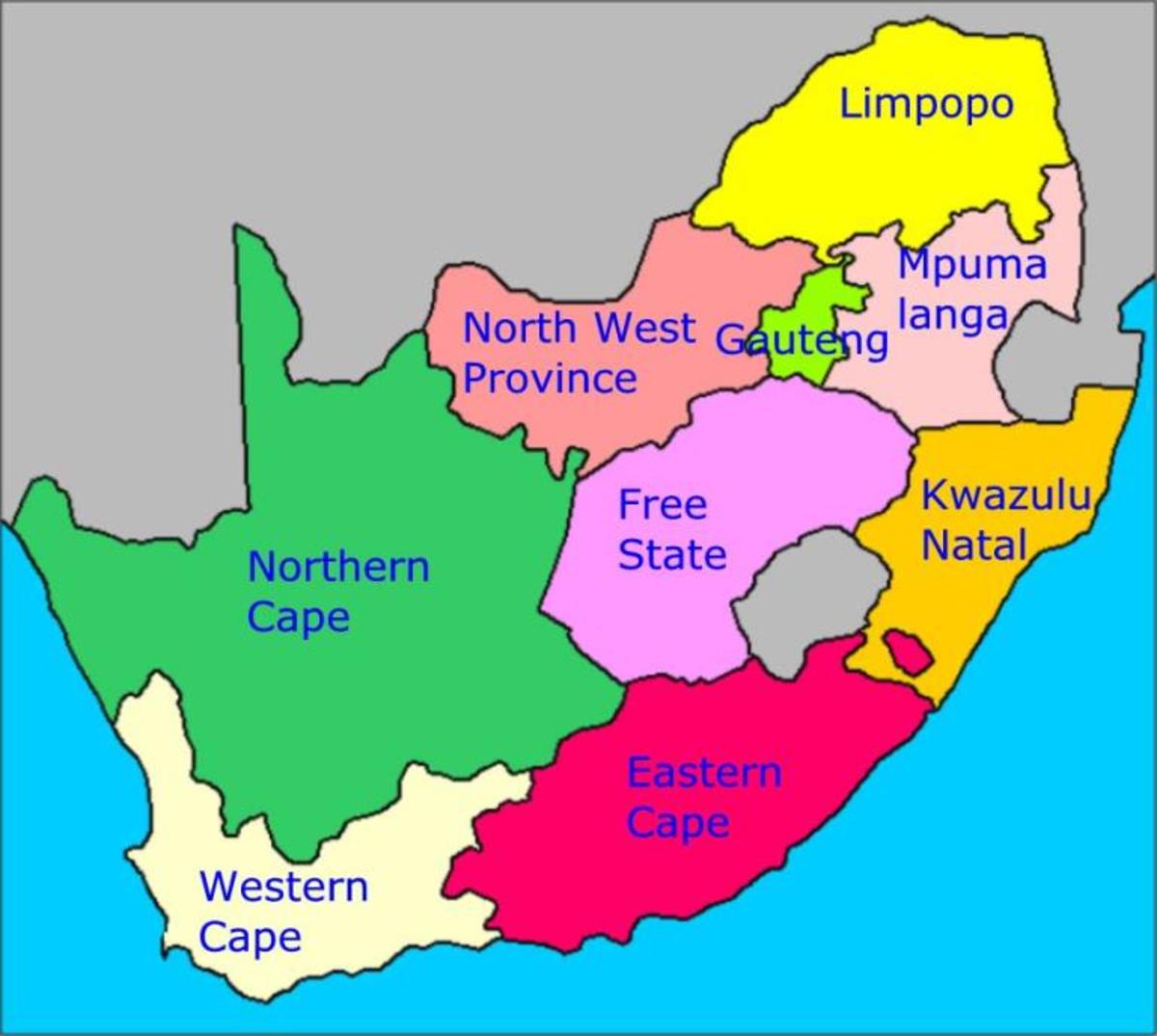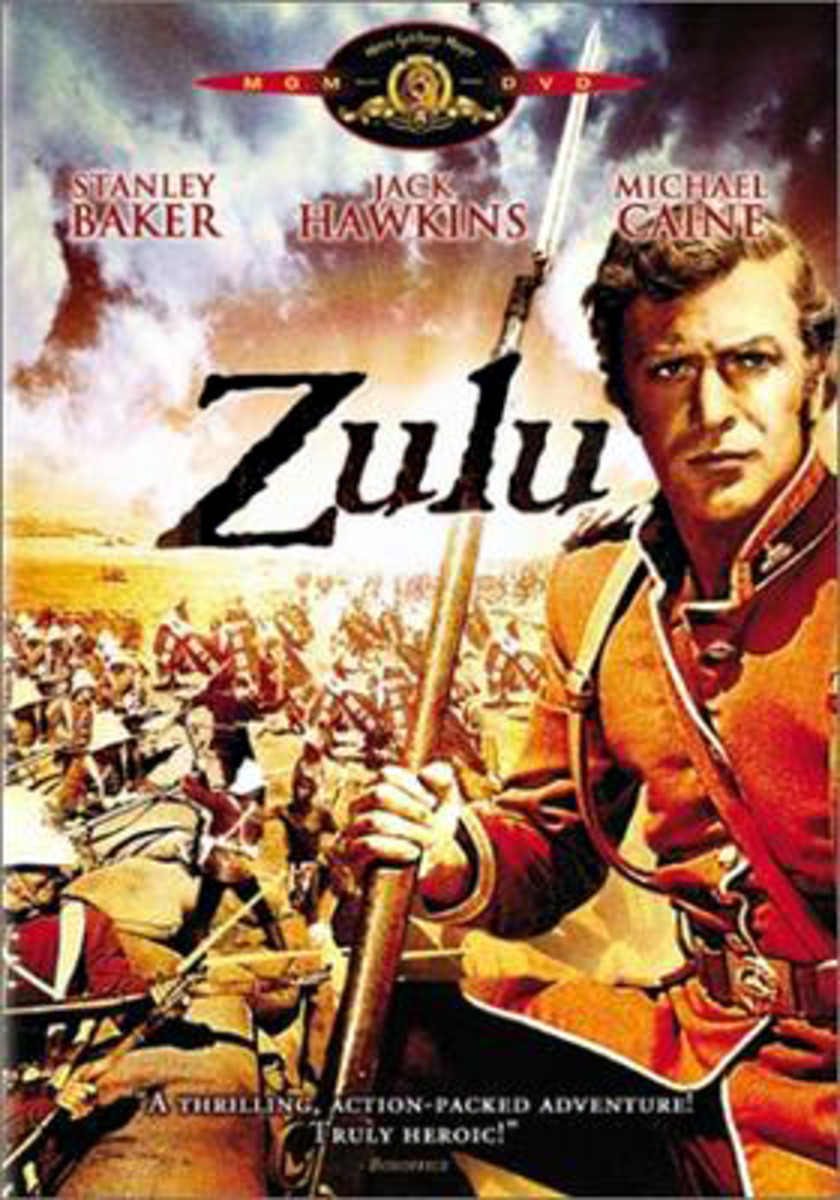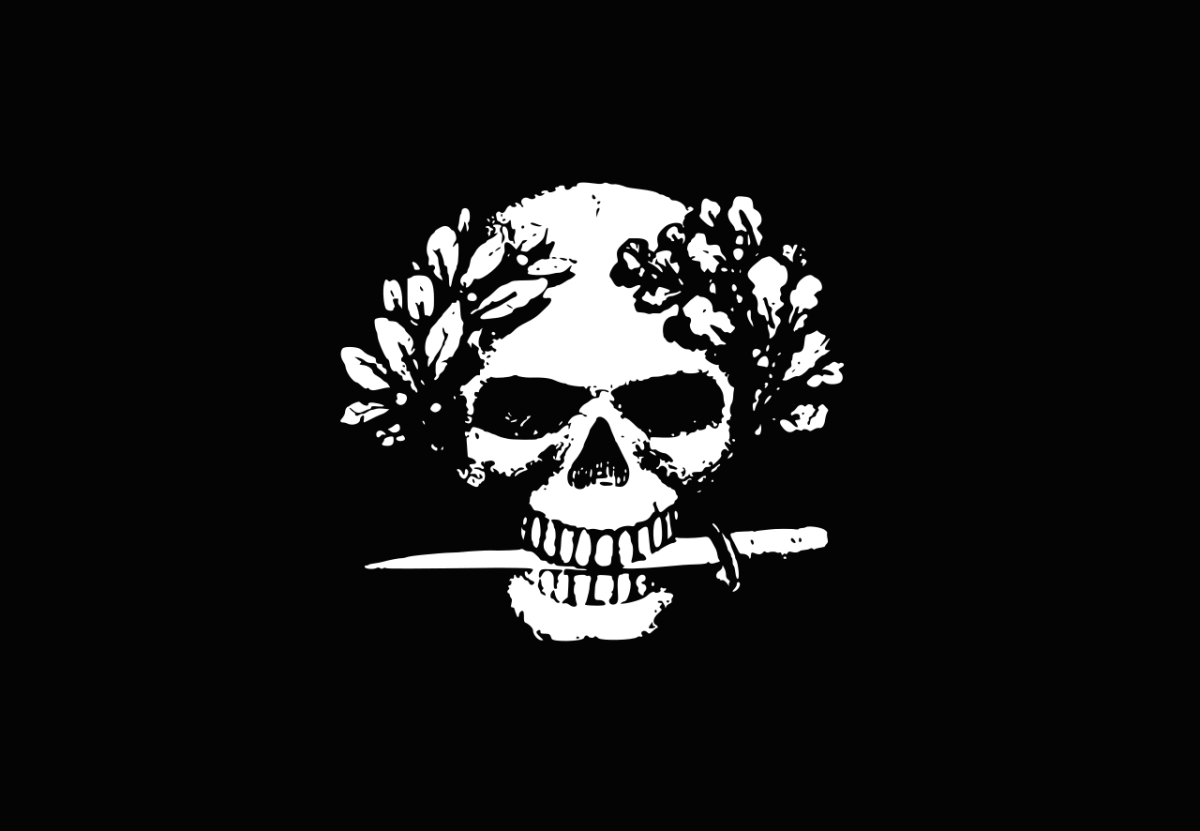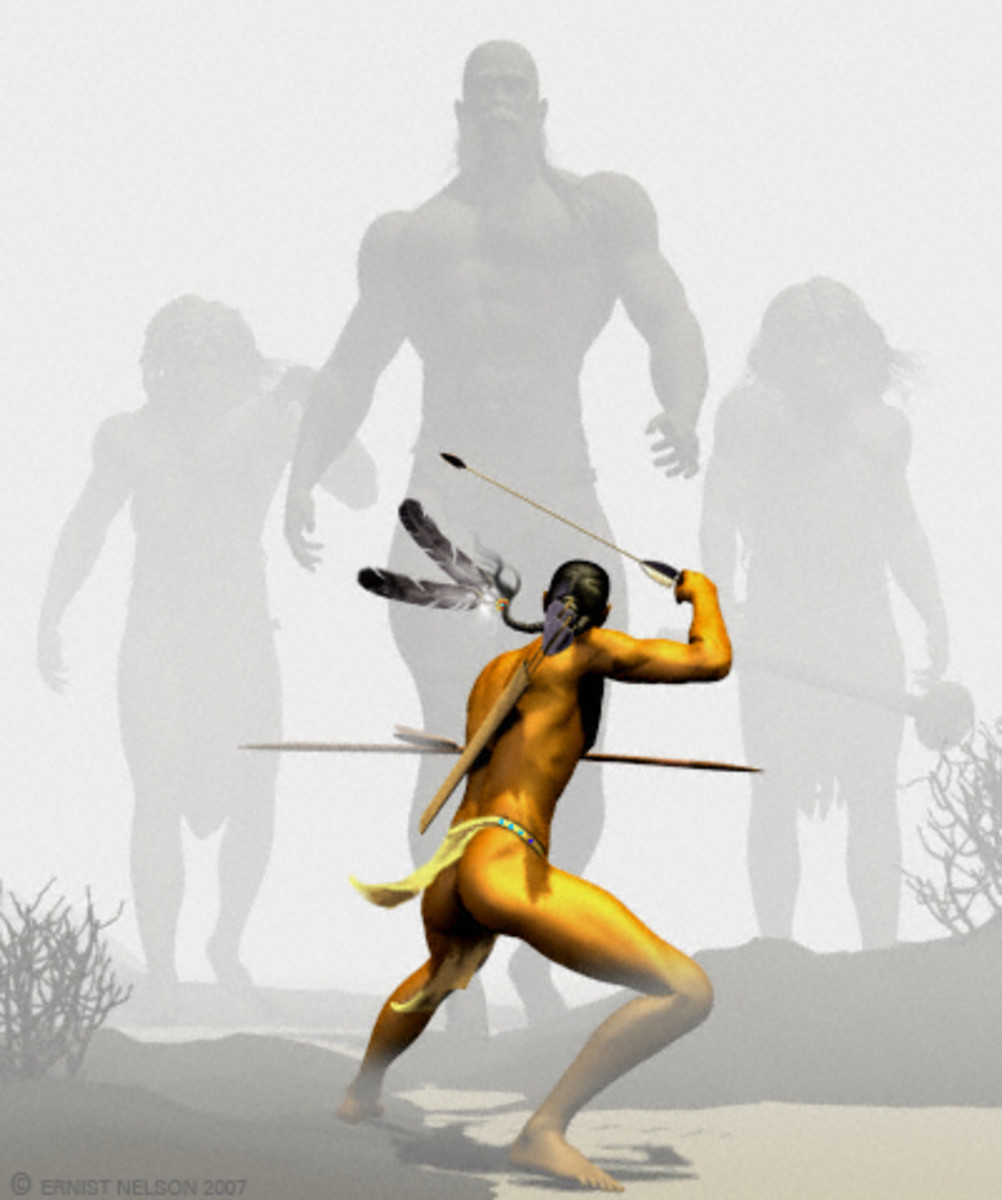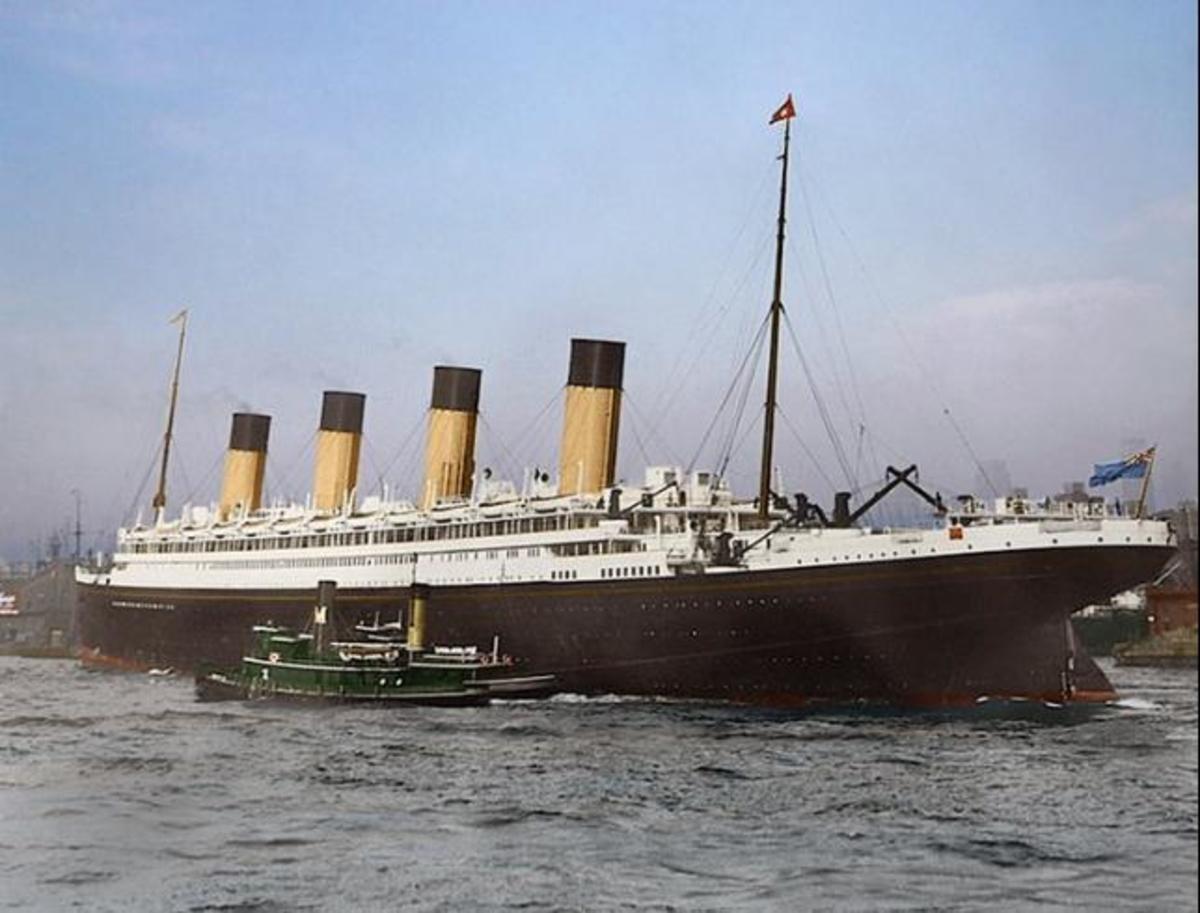The Zulu
A brief history of the Zulu, focusing on the Zulu Wars
THE ZULU: The Zulu were originally a major clan in what is today Northern Kwa’Zulu-Natal, founded in 1709. In the Nguni language, Izulu means “Heaven” or “Sky”. At the time, the region was populated by a number of Nguni clans who had settled there after the Bantu Migrations.
The Zulu, like many other tribes in the region, were part of the greater Mthethwa Paramountcy. (A South African state that arouse in the 1700’s south of Delagoa Bay and inland in Eastern parts of South Africa. It was a vast confederacy of more than 30 Nguni tribes and dozens of Clans.) The ruler of the Mthethwa Paramountcy during the early 1800’s was Chief Dingiswayo, who would become best known as the benefactor and mentor to Shaka Zulu.
Shaka Zulu’s life was harsh from the very beginning. Born illegitimately in 1787 to a Zulu chieftain and his low-born, commoner lover, the child faced persecution from birth for being a bastard. Those of his father’s class detested his half-blood “impurity”. In fact, the name Shaka means “bastard” in his native tongue. He grew up bitter and angry, which may be the root of his later sociopathic behavior. As he grew, he displayed a burning desire for power and prestige, as well as a frightening disregard for human life. He seemed to be devoid of empathy, the sign of a sociopath.
At 16, Shaka met his benefactor and the man who would become a mentor and second father to him. Chief Dingiswayo, while visiting Shaka’s father on Paramountcy business, met the angry, ambitious teenager and saw some potential in him. Dingiswayo took on Shaka as his apprentice, much to the delight of Shaka’s father.
Over the next few years, Dingiswayo taught Shaka all about military tactics and strategies. Shaka mastered the traditional fighting arts and proved his bravery in battle during numerous campaigns and conflicts.
Shaka’s father died in 1816 and it was time for Shaka to finally fly solo. Dingiswayo sent him back home to take his place as the ruler of the Zulu tribe. The sociopath chief had not forgotten the abuses he suffered during his youth and so revenge was first on his agenda. Anyone he could find who had mistreated, laughed at or in any way displeased him as a boy were put to a painful death.
Next on his agenda was to make the Zulu into a powerful tribe that Dingiswayo would be proud or and who would help Shaka Zulu to make his mark on the world. His long frustrated desire for power and respect was erupting from him.
He began retraining his warriors in the way of combat. Taking parts of what Dingiswayo taught him, combined with what he’d seen from enemies and combining them with his own innovations, he changed the way Zulu’s fought.
Shaka Zulu disgarded the usual style of mass attacks. (Generally, tribes would attack their opponent in a wide-spread forward charge, throwing spears to disperse the enemy until they could get close enough for hand-to-hand combat.) Shaka changed that to an innovative attack strategy he called “the Buffalo”, because it consisted of a four-pronged attack he described as the two “horns”, the “body” and the “tail”. In this new strategy, the “body” would attack from the front in a more tightly knit formation, while the two “horns” flanked the enemy from the sides. The “tail” would remain behind, out of sight, until the battle was well under way and then charge in as a surprise second wave. This strategy was unlike anything the tribes of South Africa had ever seen before.
Shaka also changed the weaponry his warriors used. He replaced the light-weight throwing javelins (called Assegais) with heavier spears (called I-Klwas) that had much larger blades at the tip. He also came up with the idea for a larger, heavier shield made of cow-hide. The left side of the new shield was designed to be able to hook the weapon of an enemy, for the purpose of either disarming him or merely leaving the foes right side open to attack.
Whenever Shaka Zulu would defeat an opponent, he gave the survivors an option to join his growing Zulu army. The choice was join or die. Not surprisingly, many accepted the offer to join. As his reputation grew, many young men from tribes all over South Africa wanted to be part of his seemingly unbeatable fighting force. His army grew and grew at a steady increase. He’d begun with only a mere 350 warriors in his Zulu tribe but by the end of his first year as tribal chieftain, his ranks had grown to an impressive 2,000.
In 1818, when Shaka Zulu was 31, he joined his mentor Dingiswayo in combat against the Ndwandwa at the battle of Gqokli Hill. Dingiswayo did not heed the advice of his former disciple regarding battle strategies. They erroneous fought a defensive battle and ended up on the losing end. This was the first time Shaka Zulu had ever been defeated (even though he wasn’t using his own strategies, he was still furious at the defeat.) Worse still, the great chief Dingiswayo was killed in the battle. The warriors of the Mthethwa Paramountcy were forced to retreat to lick their wounds.
For the next year, Shaka Zulu burned with a desire for revenge but he was smart enough not to attack until he was ready. He recruited willing or unwilling warriors to bolster the ranks of his army. He trained them until they were ready to drop. His men were required to jog for 50 miles barefoot without stopping. The ones who did stop were whipped. His army became very tough and accustomed to pain.
After a year of seething with the urge for retribution, Shaka Zulu finally avenged his mentor’s death (and his own defeat) against the Ndwandwa at Mhlatuzi Fords, in a bloody two-day battle. His hatred for the Ndwandwa was not yet abated so he added a new component to his already frightening arsenal. He began a Scorched Earth policy. He torched everything that had belonged to the Ndwandwa. Homes, crops, anything he could find was burned to the ground.
For the next decade, Shaka Zulu and his warriors would be the most feared and dominant army in South Africa. They would continue to raid villages, destroy enemy armies, conquer territory and generally terrorize the region. Shaka Zulu himself was becoming increasingly brutal and displaying more blatant sociopathic—bordering on psychopathic—behavior.
Shaka Zulu’s ultimate end would come not from an enemy but from his own people. Whatever good will his great victories had won him was now erased but his cruel treatment of his Zulu subjects. (Shaka Zulu would order mass executions just for the terror effect it would have.) He lost the love and respect of his tribe. His Generals and advisors were becoming concerned by his ever increasing insanity and the fact that the scent of rebellion was in the air. Things only got worse when Shaka’s mother died. He became completely unhinged, ranting like a madman. He would no longer even lead his troops into battle. He preferred to take his insane frustrations out on the Zulu themselves.
In September 1823, the generals and advisors sent a group of assassins—led by Shaka’s half brothers Dingane and Mhlanana—to kill Shaka in his home. According to the brothers, Shaka Zulu died like a coward, begging for mercy which didn’t come. He was slain and buried in an unmarked grave somewhere in Natal.
This wasn’t the end of Zulu dominance in the region, however. Soon, Dingane killed his brother and any other rivals, which allowed him to successfully ascend to power as the new chief of the Zulu. He wisely continued to use Shaka Zulu’s Buffalo strategy in battle, which allowed him to achieve many victories. He held onto the territories which Shaka Zulu had won.
The Zulu reigned supreme in South Africa for another half century after Shaka Zulu was dead and gone. They still used Shaka’s methods. But the end of their days as a feared fighting force would come in1879 when they battled the British army in what was known as the Anglo-Zulu war.
At the time, the Zulu had been ruled since 1782 by Cetshawayo KaMpande, son of former ruler Mpande. (Mpande was the younger brother of Dingane, and ascended to tribal leadership after Dingane died.) Cetshawayo was, at the time, involved in a series of border wars with the Boers. (The Boers were a formerly pastoral people who migrated to the Eastern Cape frontier in South Africa. They settled in several areas, including Transvaal and Natal, which were known as the BoerRepublics.) The British Empire had stake in these borders wars.
European exploration and colonization of Africa has begun in earnest in the late 1700’s. By 1835 Europeans had mapped out most of the Northern part of the continent. By the end of the 1800’s Europeans controlled approximately 10% of the continent, which was divided between nations. Great Britain had claimed the Cape Colony, where the Boers resided. And although the British had made peace with the Boer, they didn’t want Cetshawayo and his border incursions disrupting the fragile armistice that existed in the Cape Colony. They also didn’t want to lose any territory to the formidable Zulus. The English felt it was time to take a hand in matters.
The British formed a commission that worked with the Zulu to try to find a solution to the situation. After all was said and done, the commission ruled entirely in favor of the Zulu. This made the Zulu happy but not the Boer. Nor did it please Sir Henry Bartle Frere, the High Commissioner of British interests in South Africa. He felt the decision was disadvantageous to both the British and the Boer.
The Zulu had barely begun celebrating their legal victory when Frere announced that the commission’s decision was “one-sided and unfair to the Boer”. He invalidated the ruling, which greatly angered the Zulu.
The Zulu complained but Frere was not willing to show weakness. He gave an ultimatum to the Zulu. The unrealistic ultimatum demanded—among other things--that the Zulu pay for all the damage they had done, disband their army and adopt a more “civilized” means of defense (To be decided by the British) along with many other resolutions that were beneficial to the British and the Boers but not at all palatable to the Zulu.
Unsurprisingly, Cetshawayo did not respond to the ultimatum within the specified amount of time he’d been given to answer. The British, who had long been intimidated by the powerful Zulu at the doorstep of their African colony, used this as an excuse to get rid of the rival power once-and-for-all. In January 1879, the British invaded Zulu territory.
The British attacked with 5,000 English troops and 8,200 Boer warriors, all armed with superior fire power to what the Zulu had. While the Zulu had greater numbers than their opponents—over 40,000 strong—they didn’t have the guns. In fact, the sight of a large mass of Zulu warriors in close quarters only made a temptingly easy target for the European guns. The Buffalo tactics that had served the Zulu so well against other tribes was doomed to failure against the British guns. (Including the devastating Gatling Guns and cannons.) The Zulu relied on the classic template but modern technology made the Buffalo extinct.
The Zulu were defeated. Cetshawayo escaped and went into hiding. He was never caught but died a few years later while still on the run. As for the Zulu, they never again became a formidable military fighting force.
They still exist, however, albeit not as warriors. Today the Zulu are the largest South African ethnic group, with an estimated number of 11 million, who live mainly in the province of Kwa’Zulu-Natal. Smaller numbers live in the regions of Zimbabwe, Zambia and Mozambique. Under apartheid, the Zulu suffered state-sanctioned discrimination and were treated as third-class citizens. Today, they have equal right with all other residents of South Africa.

